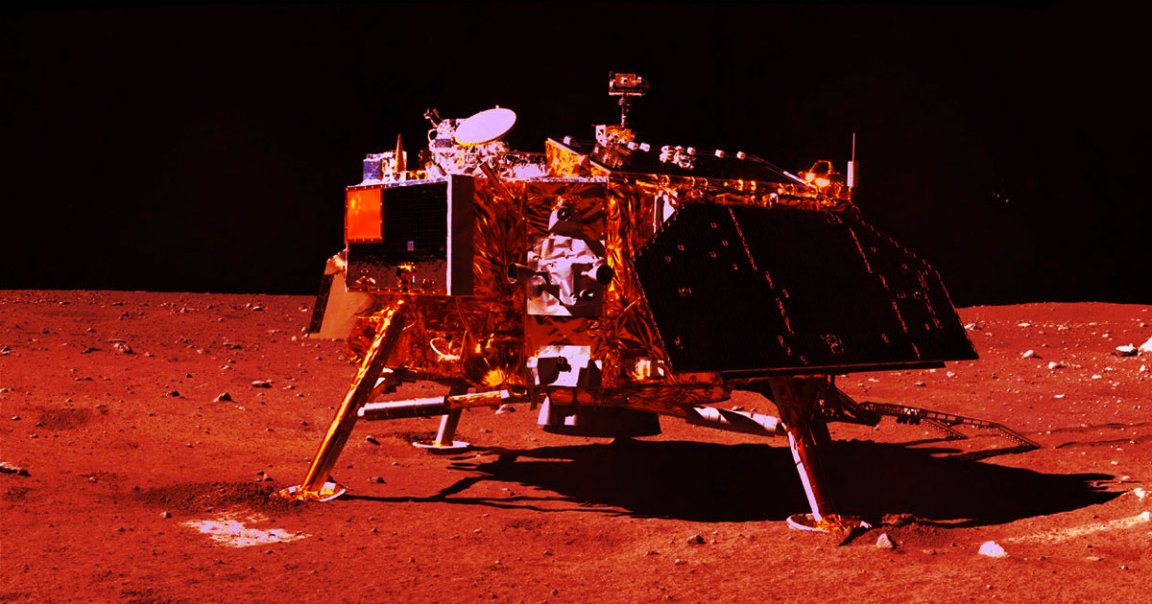
Interplanetary Fuel
Futurism has been closely following the progress of Chang’e-4, the Chinese Moon lander that touched down on the far side of the Moon last week and released a rover called Yutu 2.
As the first soft landing on the far side of the Moon in history, the mission was a coup for the Chinese space program. But new reporting by the South China Morning Post, a Hong Kong newspaper, suggests that the Chinese government could have an ulterior motive: scoping out whether the Moon contains an isotope the nation could used to fuel interplanetary missions.
Moon Unit
The fuel in question is helium-3, the non-radioactive isotope featured in the 2009 Duncan Jones film “Moon.” Lunar regolith may be rich in helium-3, which could theoretically be a compelling source of fusion energy — or even power next-generation fusion rockets.
That’s all far in the future, but that doesn’t mean space pioneers in China don’t have their eyes on the prize.
“China thinks in decades,” Clive Neal, a lunar expert at the University of Notre Dame, told SCMP. “The U.S. thinks in presidential terms.”
READ MORE: The Fuel Quest That Could Be Driving China’s Mission to the Moon [South China Morning Post]
More on Chang’e-4: China Just Landed a Rover on the Far Side of the Moon